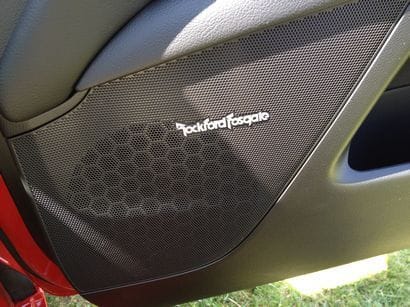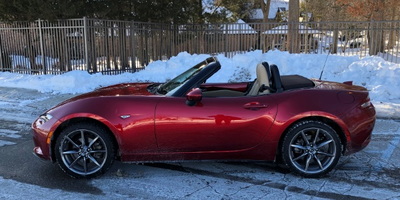A week spent in the midsize offering from Suzuki
Pros:
Fuel economy
Interior
Handling
Cons:
Firm ride
Longish shifter throws
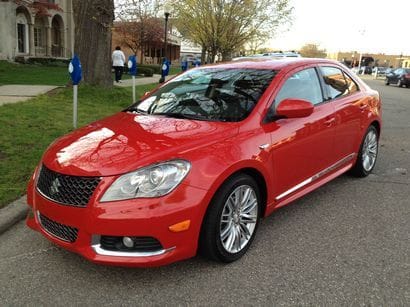
The Kizashi
The midsize Kizashi has been available at Suzuki new car dealers since late 2009, when it was introduced as a 2010 model. It is the first C-segment sedan designed and engineered by Suzuki, replacing the badge-engineered Verona.

The Verona, if you’ll recall (you're excused if you don't), was in actuality a Daewoo Magnus that was also sold in Canada as the Chevrolet Epica.
Not much of a lineage to build on, but then again that is the least of its problems.

2012 Suzuki Kizashi Sport GTS
What happens if you’re a struggling Japanese automaker with a model lineup of just four vehicles – the newest of which came out in 2009, total vehicle sales of less than 27,000 a year with just 246 U.S. dealers, half of whom reportedly sell five or fewer cars per month?
That’s the situation Suzuki is facing right now as we finish our week-long evaluation of that newest model, the 2012 Suzuki Kizashi Sport GTS. And although none of it has anything to do with this sedan’s performance, it has everything to do with how buyers perceive it. In fact, the statement I heard most often during my seven day stint with it was “I didn’t know Suzuki made cars.”
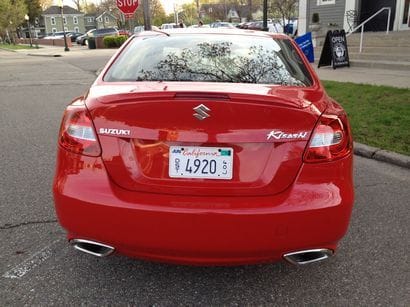
The Kizashi is available in just one body style – a sporty four-door sedan. Simplicity stops there, however, as there is a bewildering nine different variations to choose from.
The base trim level is the S, followed by the SE, Sport GTS and Sport SLS.
The S trim is available as a front-wheel-drive with a 6-speed manual or a continuously variable transmission in both rear-wheel-drive and all-wheel-drive.

The SE trim is available only with the CVT, but customers can choose from either a front-wheel drive or all-wheel drive version, with both offering either standard cloth or optional leather-trimmed interiors.
Like the S, the GTS is also available only with a cloth interior and as a front driver with a 6-speed manual or as a CVT in both front-wheel-drive and all-wheel-drive.
Finally, the top-shelf CVT-only Sport SLS is available with front-wheel-drive or all-wheel drive, with both versions also available with a navigation system.
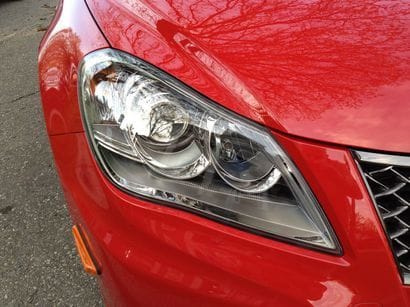
You’ve got all that, right?
Standard safety features include the usual eight airbags and 4-wheel disc brakes with ABS.
What is unusual is that all Kizashis also come standard with such niceties as keyless entry, power windows and mirrors, push button start, dual-zone automatic climate control, LED overhead and footwell lighting, dual chrome exhaust tips and projector-beam headlamps.

Missing from only the base 6-speed manual is stability and traction control – in order to get both you have to step up to a CVT-equipped model. Choosing the CVT also gives you cruise control, an AM/FM/CD audio system and steering wheel-mounted controls for both systems.
Equipment upgrades over the base model on our Sport GTS manual included a sport tuned suspension with a 10 millimeter lower ride height, a Rockford Fosgate 8-channel, 425-watt, 10-speaker audio system with subwoofer, sport front bumper and grille fascia, aero body kit, rear decklid spoiler, front fog lights and 18-inch alloy wheels wrapped in 235/45 R18 Dunlop SP Sport all-season tires.
Other options on our aptly-named Vivid Red example included Bluetooth calling with wireless audio streaming, floor and cargo mats as well as a trunk under floor storage organizer with first aid kit.
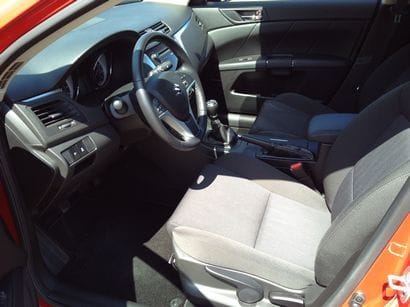
Interior
Inside the materials as well as the fit and finish of the Kizashi is certainly best in class. Although Suzuki markets it as a midsize car, based on its interior volume the EPA actually classifies it as a compact.
The fact is that it’s really somewhere in-between. Its passenger volume of 105.4 cubic feet is much larger than a Civic LX sedan (which is 94.6), but also smaller than the Honda Accord (106 cubic feet), while both the Accord and the new Toyota Camry are classified as mid size sedans.
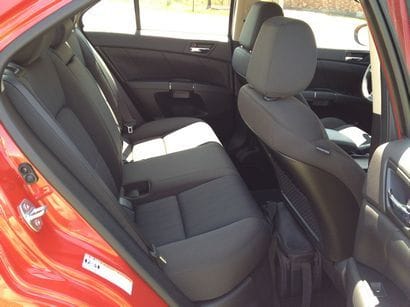
That being said, nicely-textured soft-touch surfaces abound and the clearly-labeled controls operated smoothly. Steering wheel-mounted controls for the audio system, cruise control, hands-free phone system and driver information center were also easily to use and intuitive. With no owner’s manual to be found, it took me a few minutes to realize that I could pair my iPhone using voice control. Once this occurred, however, it took me just a couple of minutes to pair up my iPhone.
The leather-wrapped and padded steering wheel both tilted and telescoped, while the headlight and turn signal stalk also featured a tap/flash to pass feature – a particularly nice touch.

In an era of ever-more-complex touch screens, the center stack of the Kizashi is both simple and straightforward. Beginning at the top is the CD slot flanked by volume/power and tune/folder/channel knobs. Below that, six buttons flank either side of the infotainment display for channel selection and display functions. Just below the screen are buttons for the radio source.
Finally, below that are two large rotary knobs that control the right and left temperature settings, while buttons between and below them control fan speed, air delivery, manual A/C, rear defrost and fresh and recirculation functions.
The driving position was excellent with manual fore and aft control as well as seat height adjustment. Although the beltline and cowl were both on the high side, the fairly narrow A, B and C-pillars made for excellent outward visibility.

Exterior
And speaking of outward, the exterior of the Kizashi is one of its high points.
Beginning in front with an aggressive-looking grille and lower air intake flanked by projector headlamps and fog lights with chrome surrounds, the Kizashi features flared front and rear fenders surrounding the purposeful eighteen-inch wheels. And while the body sides feature very little in the way of creasing, a lower bright chrome strip as well as chrome surrounding the front fender-mounted turn signal repeaters adds just the right dash of sportiness.
In back the wrap-around taillights frame a trunk lip that rises towards the center and is topped off by a lip spoiler, while the lower fascia features two prominent built-in bright chrome exhaust outlets.
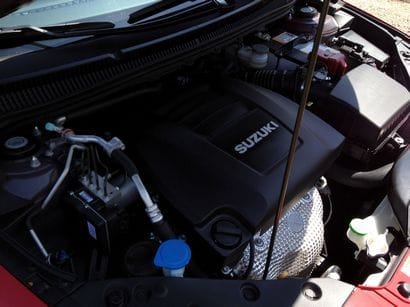
On the road
On the road, the Kizashi’s steering does a nice job of communicating what’s underfoot with the right amount of road feel back to the driver – with none of the numbness often associated with EPS units.
The brakes were also solid and seemed to be calibrated for a European feel – with plenty of boost available from the get-go.
Not only did the Suzuki track extremely well on the straights, but throwing it into a corner was also a real hoot – no doubt aided by its 5-link fully independent rear suspension while the front features a MacPherson strut and coil spring setup.
On the flip side, the ride can feel a bit stiff in normal around-town driving, although is this is the trade-off I’d take this side of the coin any day. As a side note, the only real downside I noticed to rowing the six forward gears is the shifter’s somewhat overly-long throws.
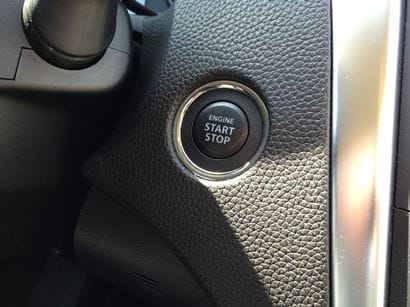
There is only one engine offered in the Kizashi – a 2.4-liter twin-cam four that produces 185 horsepower in manuals and 180 horsepower in CVT-equipped versions. The horses peak at a fairly high 6,500 rpm while torque stands at 175 lb.-ft. at a respectable 4,000 rpm. Road noise was also seemed to be fairly muted for a vehicle of this class.
Fuel economy, on the other hand was excellent, especially given what the government estimates are. EPA estimates are 20 mpg in the city and 29 mpg on the highway. In mostly around town driving, I averaged 29.1 miles per gallon in, I must admit, very spirited driving.
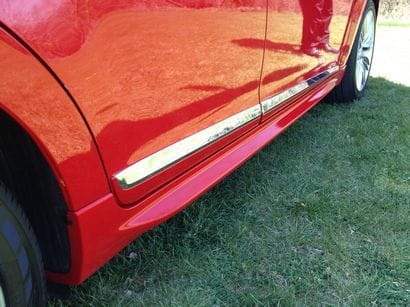
Pricing
New car pricing for the 2012 Kizashi starts at $18,999 for the manually-equipped S version.
Our Sport GTS example with its six-speed manual had a base price of $22,249.
Adding the $210 floor and cargo mats, $250 Bluetooth and wireless audio package and $65 trunk organizer and first aid kit brought the grand total of this particular Kizashi Sport GTS to a manufacturer’s suggested retail price of $23,519, including a $745.00 freight charge.
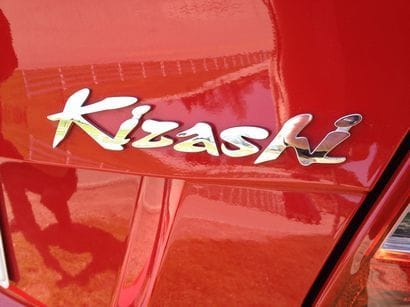
The Bottom Line
So what does this all mean?
Suzuki sold fewer than 7,000 Kizashis last year – dead last in its segment and trailing even the Mitsubishi Galant by more than half (Chevy sold more Volts). This is despite the fact that it is one of the more entertaining cars in this segment with a fit and finish rivaling those of far more expensive vehicles. This year, the Kizashi isn’t doing any better as it is trailing even the dismal figures it posted in 2011.
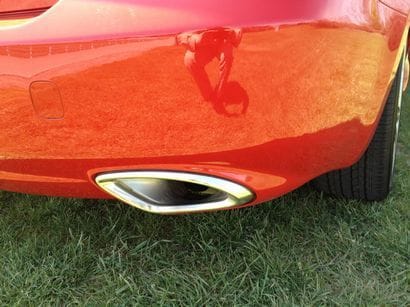
The unfortunate fact is this: not many American buyers even realize Suzuki makes cars. This is really too bad, because the week I spent in the Kizashi was both enjoyable and entertaining.
A few years ago, not long after he’d gotten his license, we bought our son a Suzuki Aerio because it was inexpensive. Four years later and after enduring everything from suspension “upgrades” to commuting to college and serving as a delivery vehicle for a local sandwich shop, it still started every morning and drove quite nicely (after I’d re-installed the stock springs).
We ended up selling it to another young college commuter and I’m sure it’s still going strong.
It’s just a shame that more buyers here in the U.S. of A. don’t think of putting a Suzuki – especially the Kizashi -on their car shopping lists. If they did, I’m sure they’d be pleasantly surprised.


